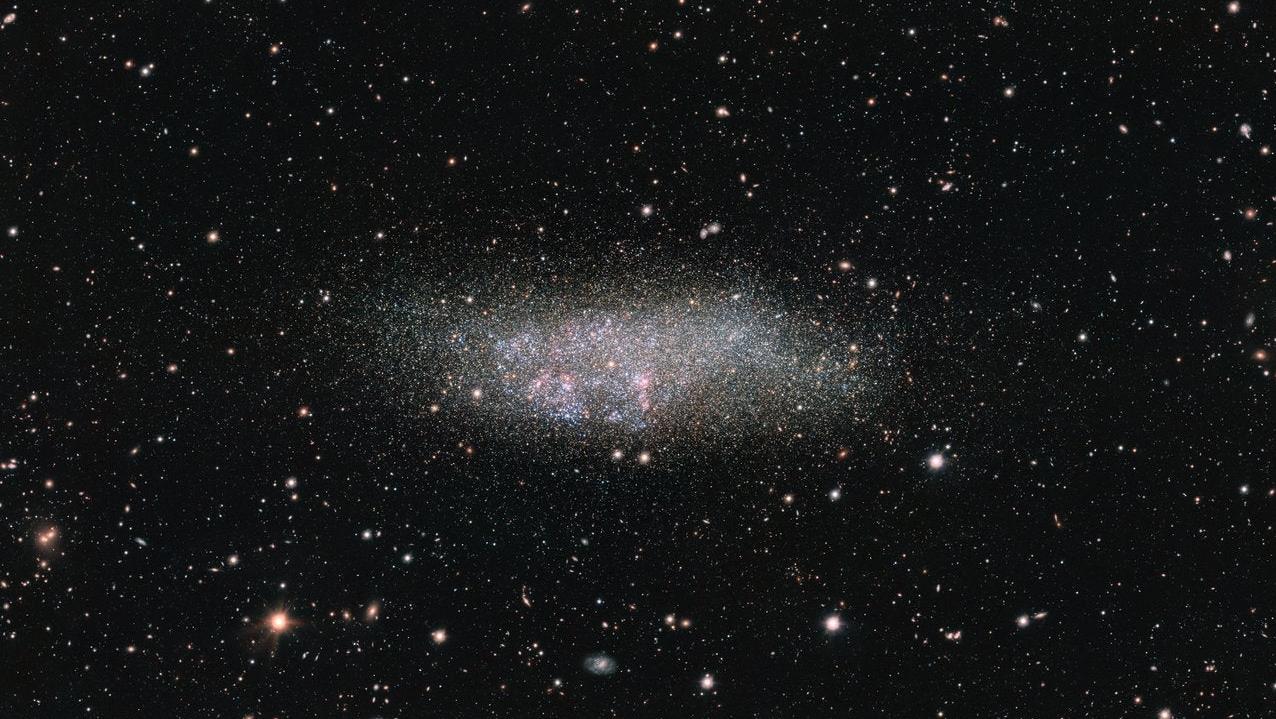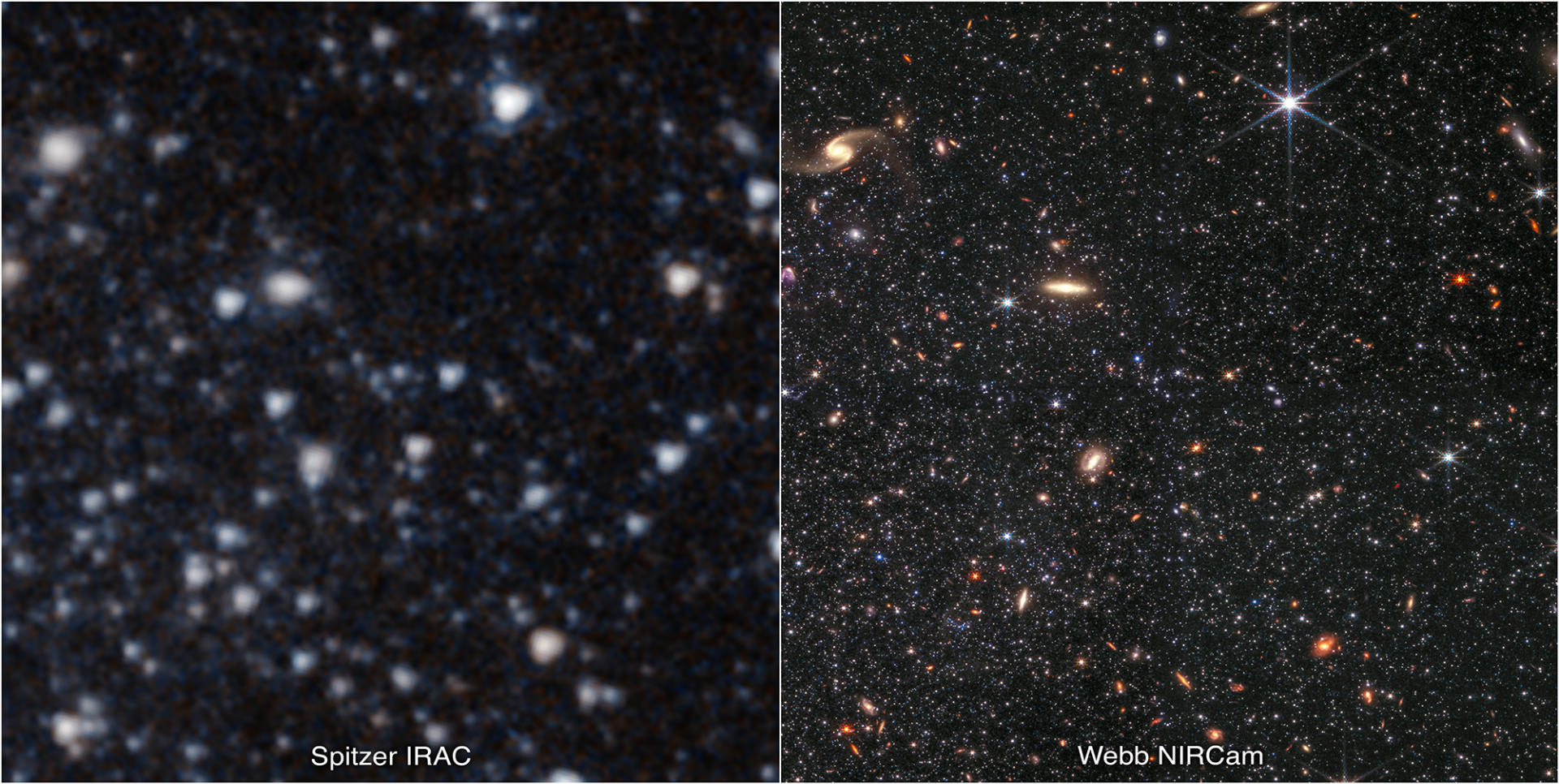The James Webb Telescope, as part of the Early Release Science (ERS) program, received an image of the Wolf–Lundmark–Melotte dwarf galaxy (WLM) in the summer, which is one of the neighbors from the Milky Way. The image was obtained for the search and study of separated stellar populations. Dwarf galaxies help to study star clusters, because the stars in them are located close enough to be distinguished, but far enough from each other that telescopes can capture all of them at the same time.

During a detailed study of the galaxy by a team of scientists led by associate professor of Astrophysics Kristen McQuinn at Rutgers University, an interesting discovery was made. Improved observations thanks to James Webb have shown that this Wolf–Lundmark–Melotte galaxy has never interacted with other galaxies in the distant past. According to McQuinn, this makes WLM an excellent candidate for astronomers to test theories of galaxy formation and evolution.
Feature of the Wolf–Lundmark–Melotte galaxy
WLM is about 3 million light-years from Earth. In astronomical terms, it’s pretty close to the Milky Way. However, it is also relatively isolated, which leads astronomers to conclude that the dwarf galaxy has not interacted with other systems in the past. When astronomers observed other nearby dwarf galaxies, they noticed that they were somehow connected to the Milky Way, indicating that they were in the process of merging. This complicates their study, since their population of stars and gas clouds cannot be completely distinguished from ours.
Another important thing about WLM is that there are very few elements heavier than hydrogen and helium, which was very common in the early universe. Elements such as carbon, oxygen, silicon and iron formed in the cores of early population stars and were dispersed when they exploded in supernovae. In the case of WLM, which has been undergoing star formation throughout its history, the force of these explosions pushed these elements out over time. This process is known as the “galactic wind” and is often observed in small galaxies with low mass.
The population of low-mass stars in a dwarf galaxy makes it particularly interesting, since such luminaries live for a very long time. This means that some of the stars that can be seen there today could have formed in the early universe. Therefore, by determining the properties of these low-mass stars, scientists will get an idea of what happened in the very distant past.
WLM as a calibrator for JWST
James Webb’s new images provide the clearest WLM image ever seen. Previously, the dwarf galaxy was captured using an infrared camera (IAC) on the Spitzer Space Telescope (SST). They provided limited resolution compared to Webb images, which can be seen in parallel comparison. James Webb infrared optics and an advanced set of instruments provide much deeper vision, allowing to differentiate individual stars and features.

The dwarf galaxy WLM is also used for JWST calibration. With its help, the telescope can make sure that it can measure the brightness of stars with extreme accuracy. This allows astronomers to test models of the evolution of stars in the near infrared range. Later, this data will help to release software for measuring the brightness of stars, which will be available to the public.
Earlier we reported on how an amateur astronomer discovered a relic galaxy.
According to NASA
Follow us on Twitter to get the most interesting space news in time
https://twitter.com/ust_magazine

